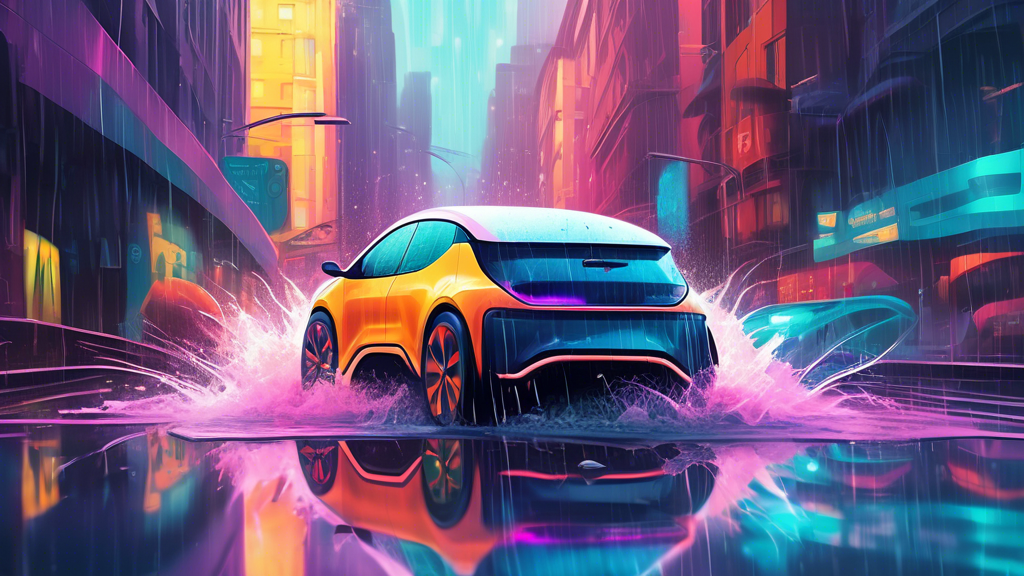
Can Electric Cars Take the Plunge?
When you think about electric cars, what’s the first image that pops into your head? Sleek, silent, and environmentally friendly vehicles are zipping down the highway, right? But here’s a curveball – how about an electric car sloshing through a flooded street? Can these high-tech wonders handle a dip in the deep end without turning into oversized paperweights? Let’s dive in and explore the surprisingly aquatic capabilities of electric cars.
Understanding the Basics: Electric Cars and Water
First things first, let’s clear up a common misconception. No, electric cars do not operate like submarines. They can’t snorkel their way through underwater adventures, but they aren’t exactly sitting ducks in a storm either. Modern electric cars, just like their gas-powered counterparts, can endure typical road conditions, including wet and wild weather.
Sealed for Safety
One of the most critical aspects of electric vehicle (EV) design is the waterproofing of crucial components. Electric vehicles rely heavily on their battery packs, which are typically enclosed in waterproof casings to ensure safety and optimal performance. This design prevents water from wreaking havoc on the electrical systems. Manufacturers also insulate and seal the motors and all high-voltage parts, reducing the risks of short circuits and corrosion induced by water exposure.
But What About Flooding?
Okay, so your electric car can handle a rainy day, but what happens when things get a bit more… submerged? Here’s where it gets interesting. Many electric vehicle manufacturers have tested their cars’ resilience in deeper water. The footage displays some models cruising through waterlogged streets that would have traditional vehicles stalled and steaming. The key here is the depth and the duration of the exposure. While an occasional splashdown won’t necessarily harm your trusty electric steed, turning it into an amphibious vehicle is not advisable.
Real-Life Aquatic Feats
Take, for instance, the famous scene of a Tesla Model S swimming through a flooded tunnel. This feat became viral, showcasing the vehicle pushing through water almost up to its windshield. While the spectacle was impressive, and the car emerged seemingly unscathed, it’s worth noting that this type of stunt falls well outside typical manufacturer recommendations. It’s the automotive equivalent of kids; don’t try this at home.
Precautions and Care
So, what’s the best action to take when you encounter a flooded road? Common sense prevails here. If you encounter a flood, it’s generally wise to turn around, not drown. Even with an electric car’s enhanced resistance to water, driving through high water can still pose risks such as hydroplaning, reduced braking efficiency, and potential damage to electrical systems if water finds its way into any unsealed nooks and crannies.
Conclusion: Can Electric Cars Drive Through Water?
In the end, electric cars can handle water better than you might expect, but they are not designed for deep-sea exploration. They offer resilience and robust protection against the elements, ensuring that some rain or a puddle won’t leave you stranded. However, treating your electric vehicle like a boat is likely not the best idea when it comes to more significant aquatic challenges. Remember, while your car can do many things, being a submarine isn’t one of them!
The next time you encounter heavy rain or a flooded path, keep in mind that your electric vehicle can handle a splash. However, it’s important to be cautious and not take unnecessary risks. Your car is already in perfect condition, so why risk getting drenched?
